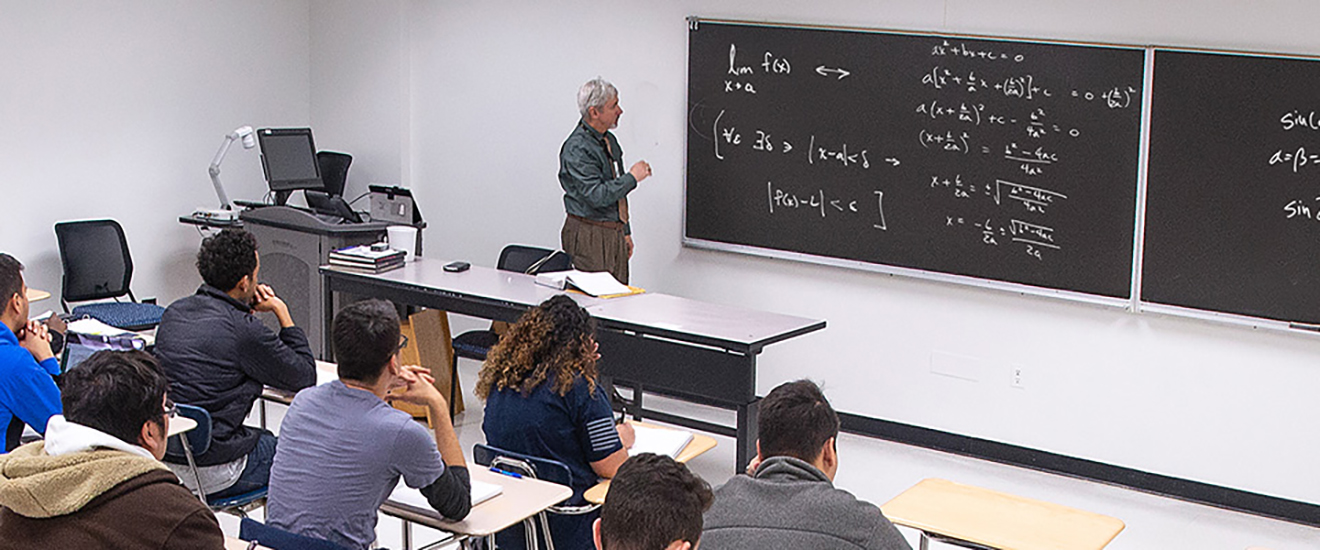Office of Strategic Insights
Welcome to the Office of Strategic Insights (OSI) at Northern Virginia Community College (NOVA). OSI personnel conduct studies, publish research reports, administer programs, and provide consultancy services to help faculty and staff implement the College’s mission and vision in accordance with its strategic plan.
The Office of Strategic Insights is the single source of data used for decision-making at NOVA. OSI leads the efforts in institutional data management and analytics, college planning and assessment, and labor market intelligence. OSI conducts institutional and labor market research studies and publishes dashboards and reports that help faculty, administrators, policymakers, and community leaders advance students' access to and success within and beyond the college. Some of its publications include but are not limited to:
- NOVA's Annual Fact Book
- 2024 Northern Virginia Workforce Index
- Institutional Review Board
- Career Exploration
- Student Achievement
- NOVA Assessment Plan for SCHEV
Contact Us
Office of Strategic Insights
Northern Virginia Community College
4001 Wakefield Chapel Road
Annandale, VA 22003-3723
Phone: +1-703-764-7391
Email: osi@nvcc.edu
